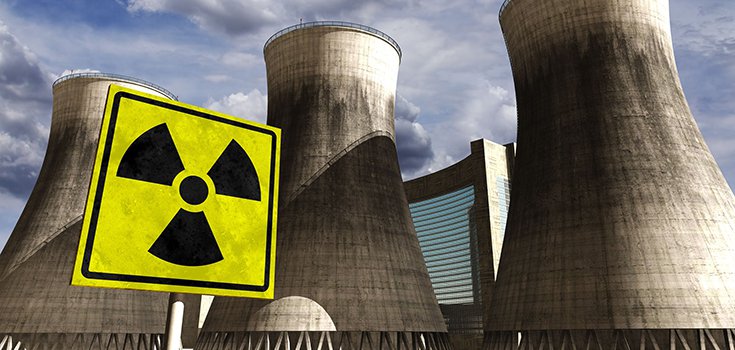Seaborne radiation from Japan’s Fukushima nuclear disaster has now been detected in U.S. seawater since the contamination has been progressing towards the U.S. coast.
Researchers have been tracking the radiation plume in an effort to monitor the ongoing spread of radiation across the Pacific and its evolving impacts. The Fukushima isotope has also been detected in Canadian sockeye salmon as well.
It is currently at low levels but that could change, since Fukushima still houses a 1,000 large steel tanks of contaminated water and hundreds of tons of molten fuel that could melt through steel-reinforced concrete containment vessels where radiation could then spread uncontrollably into soil, groundwater, and the sea.

